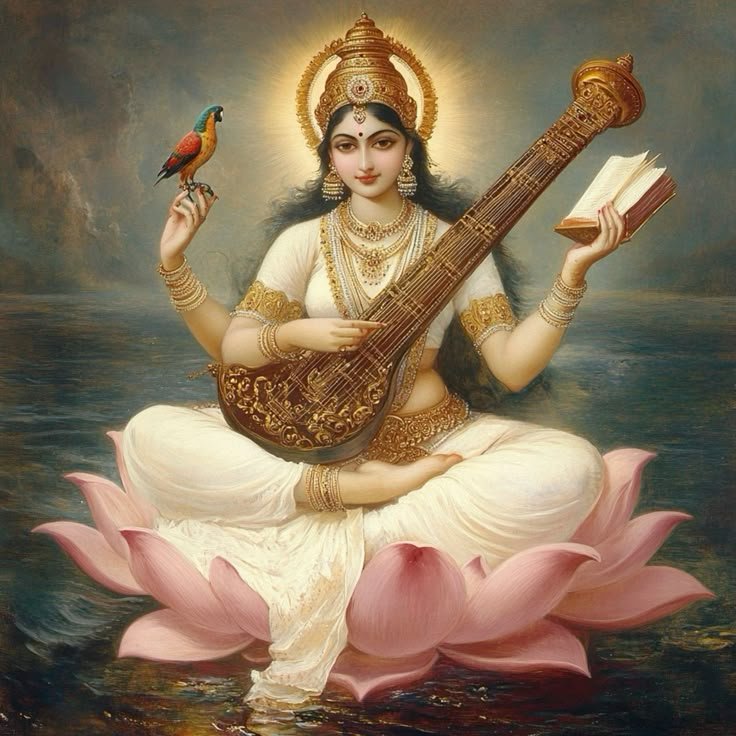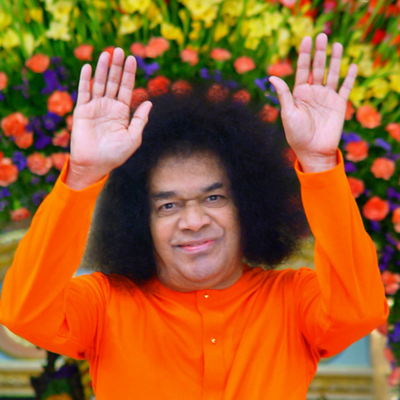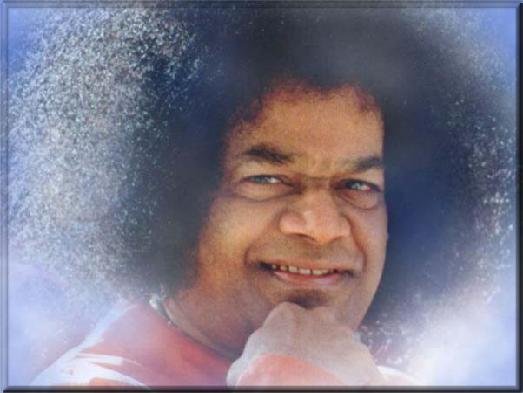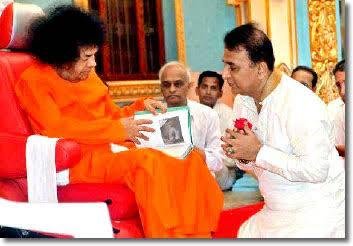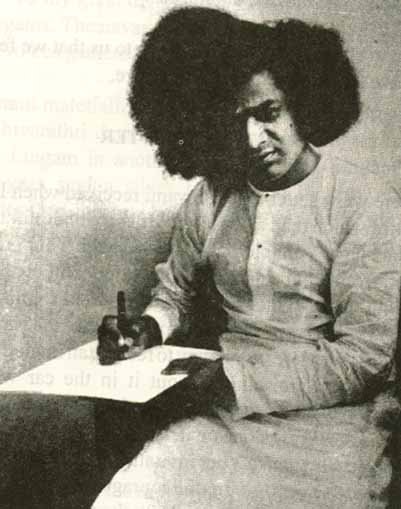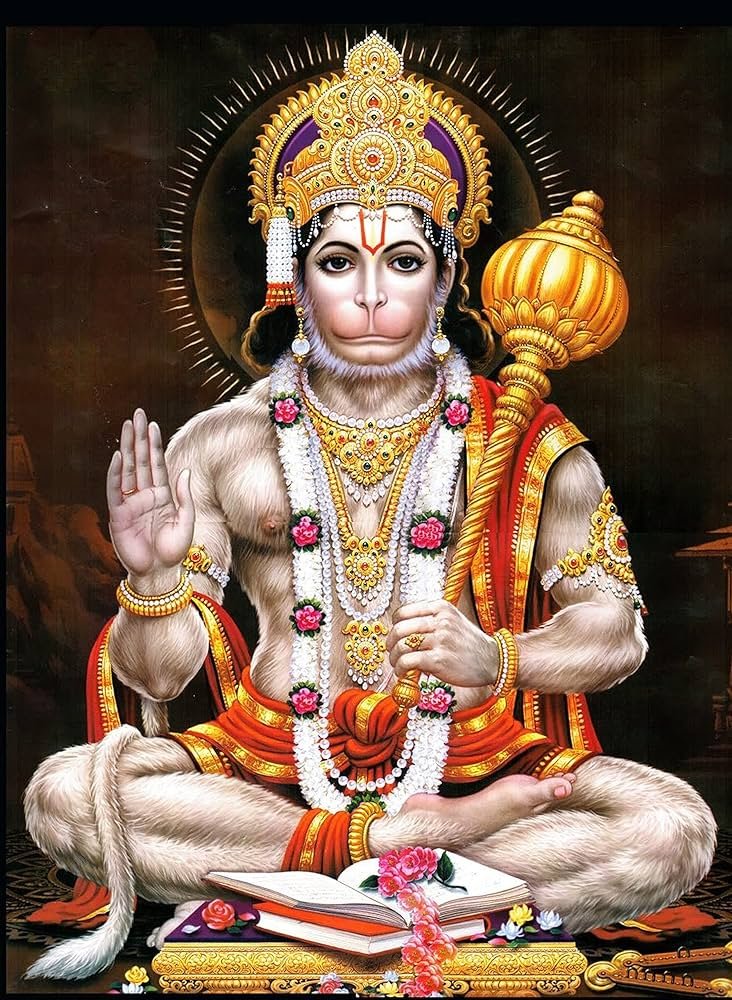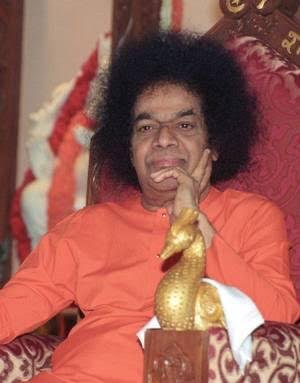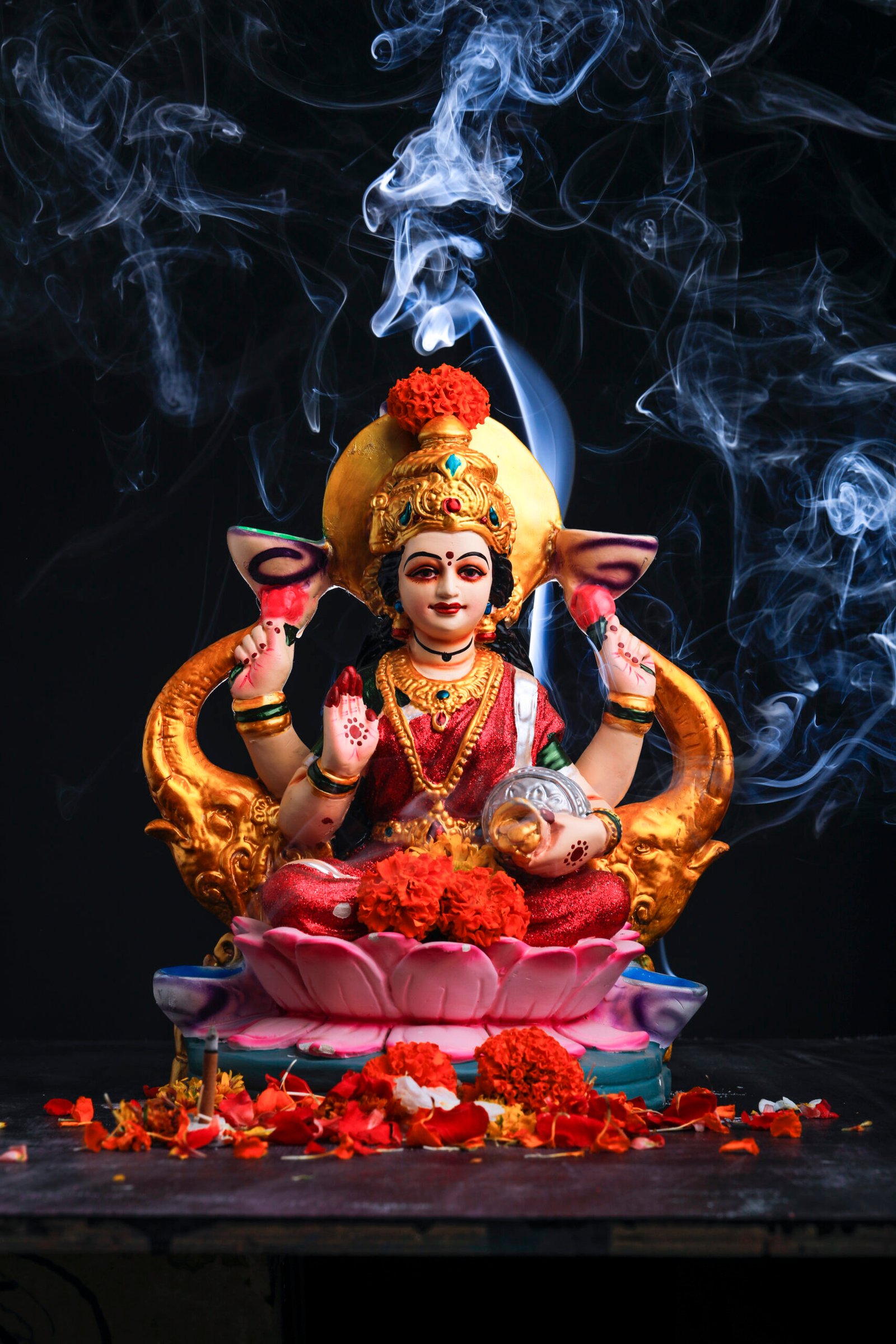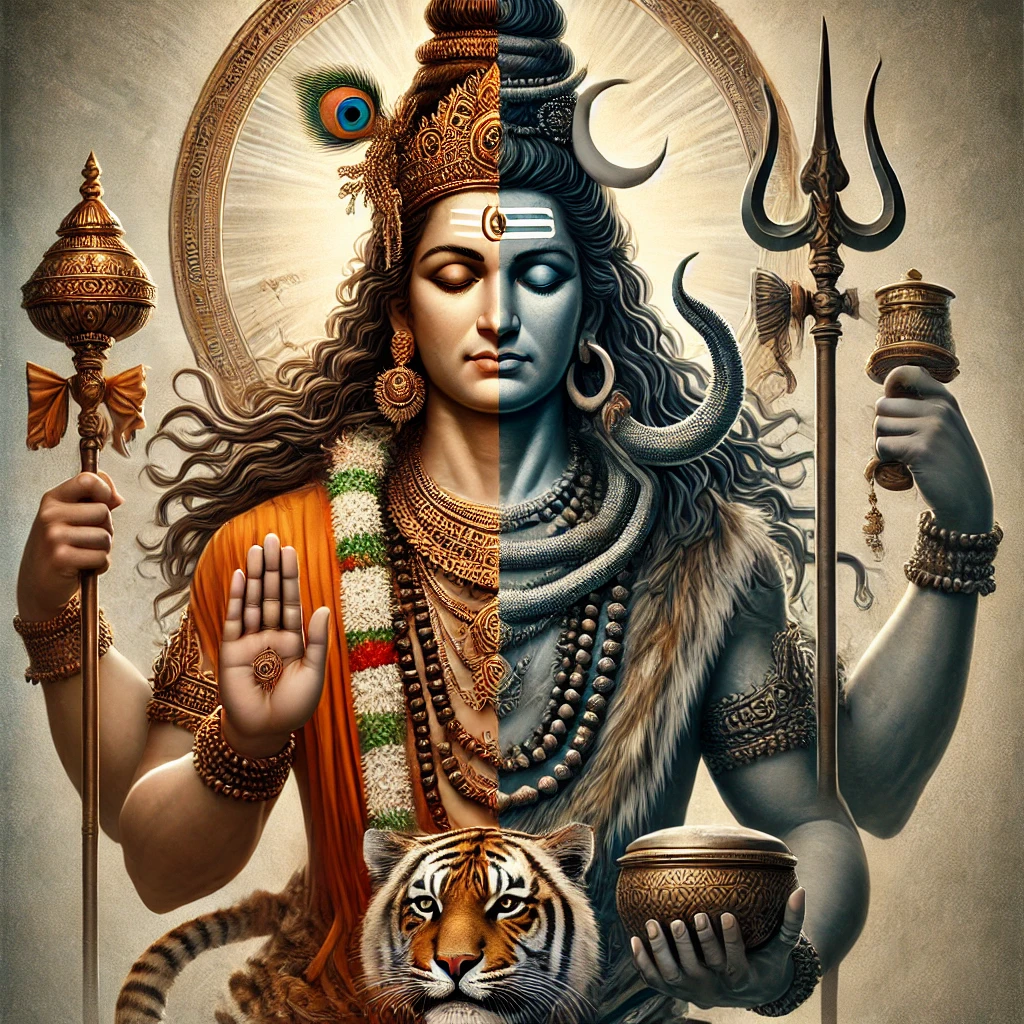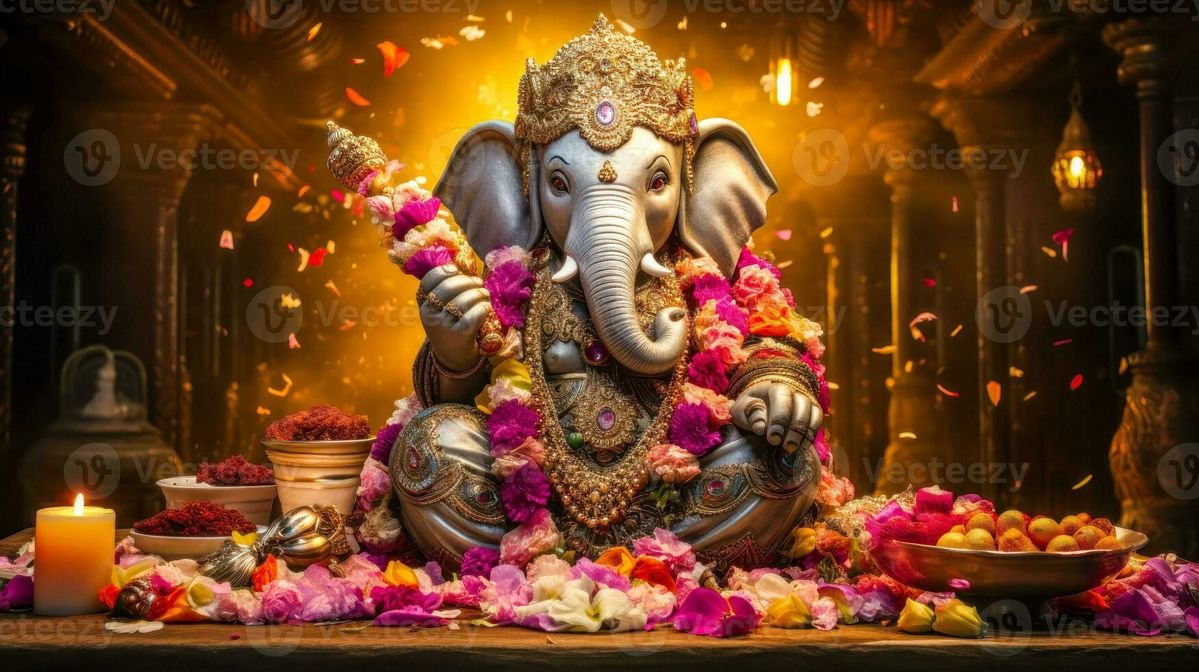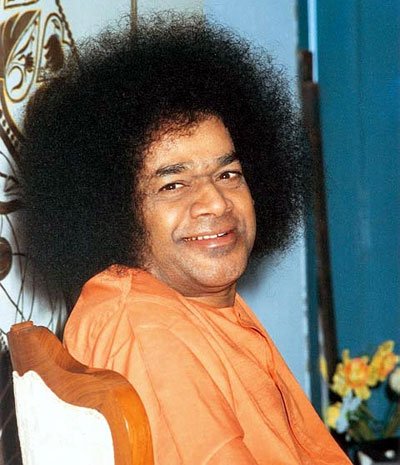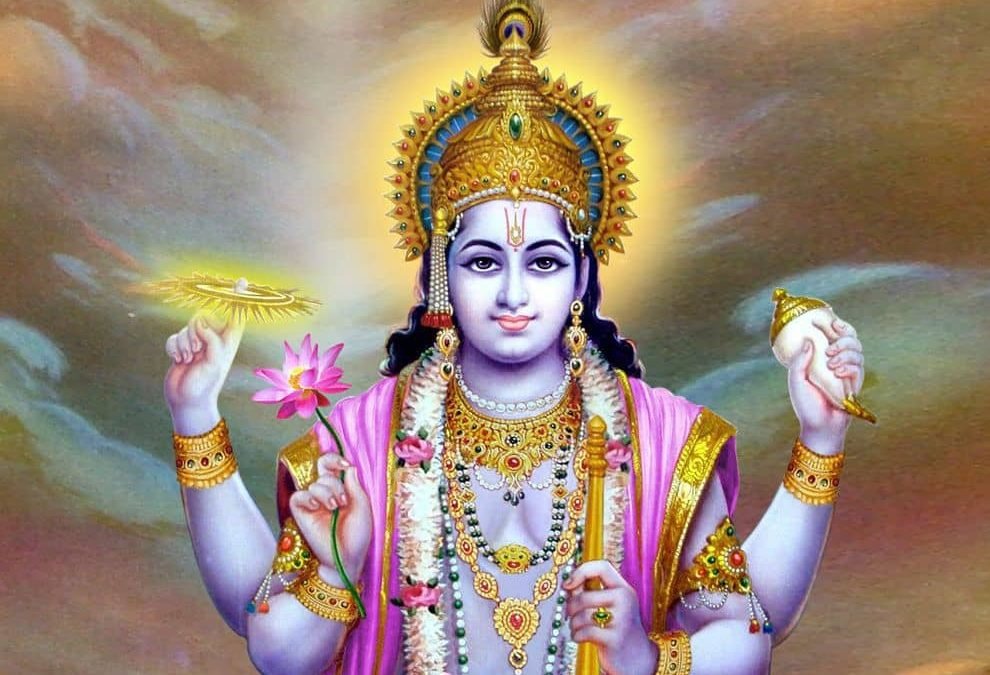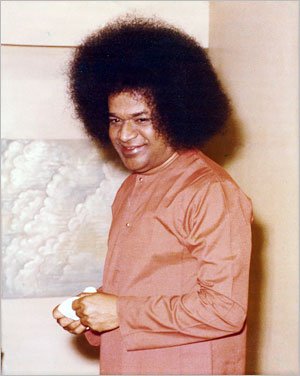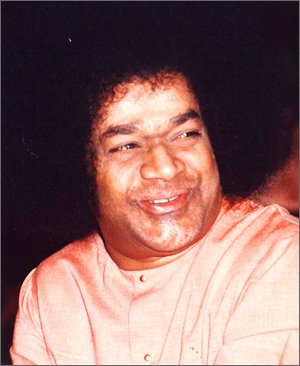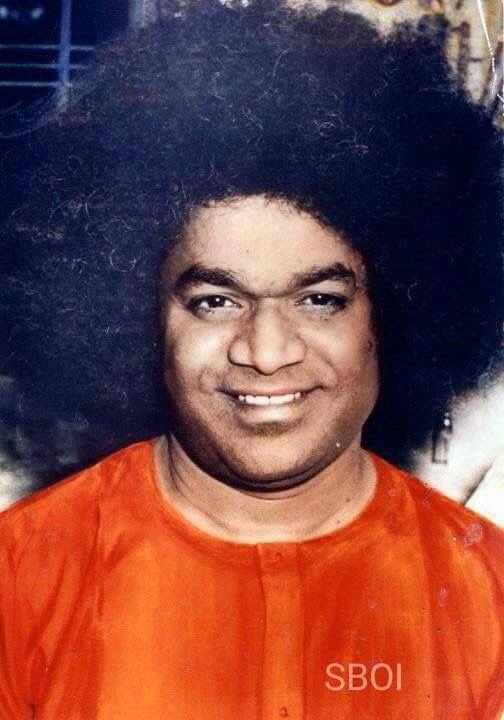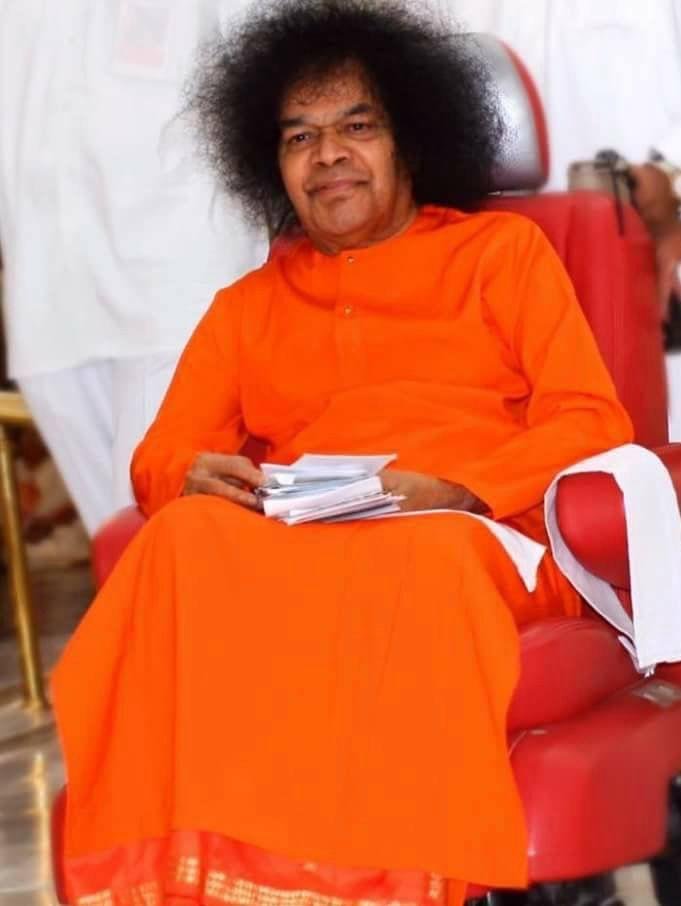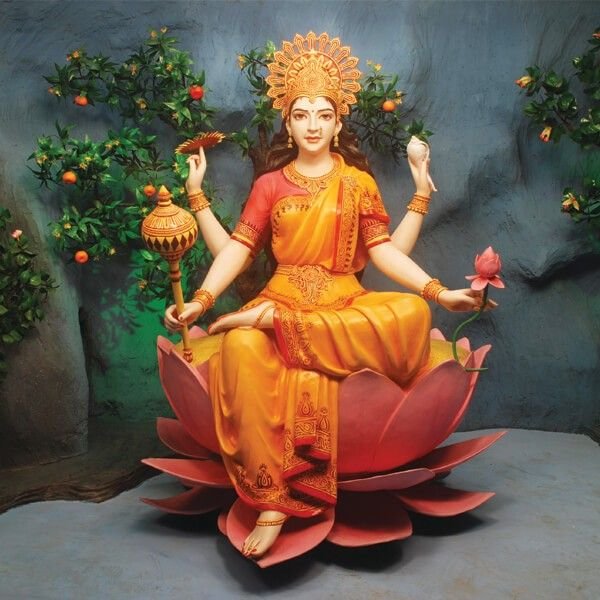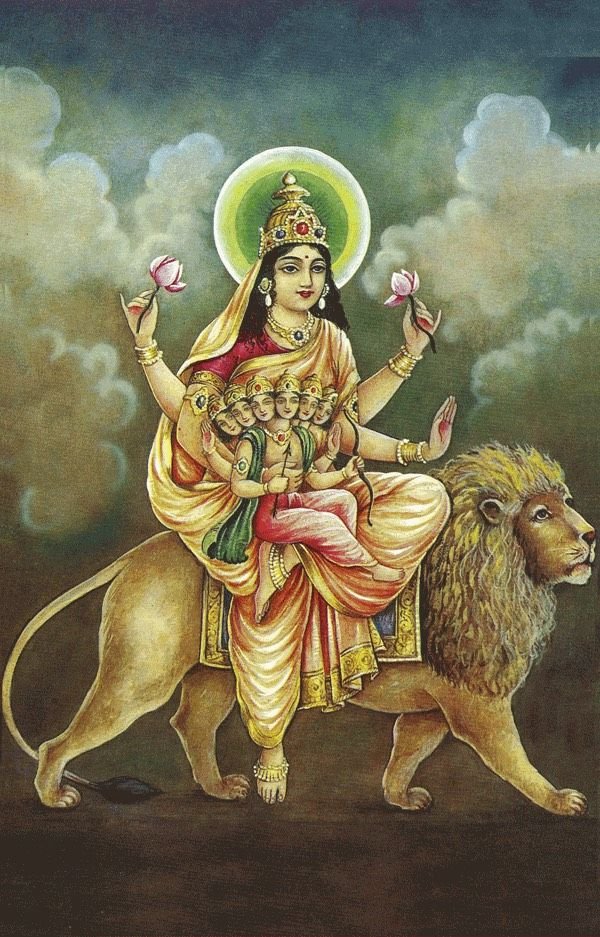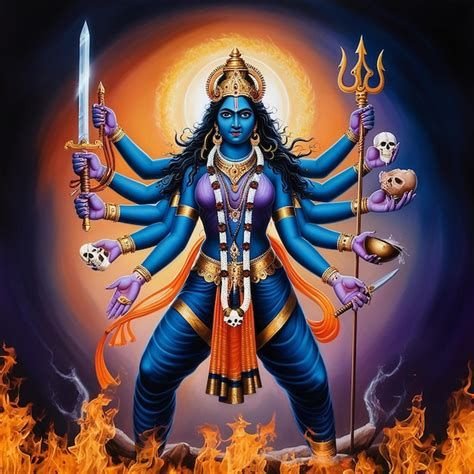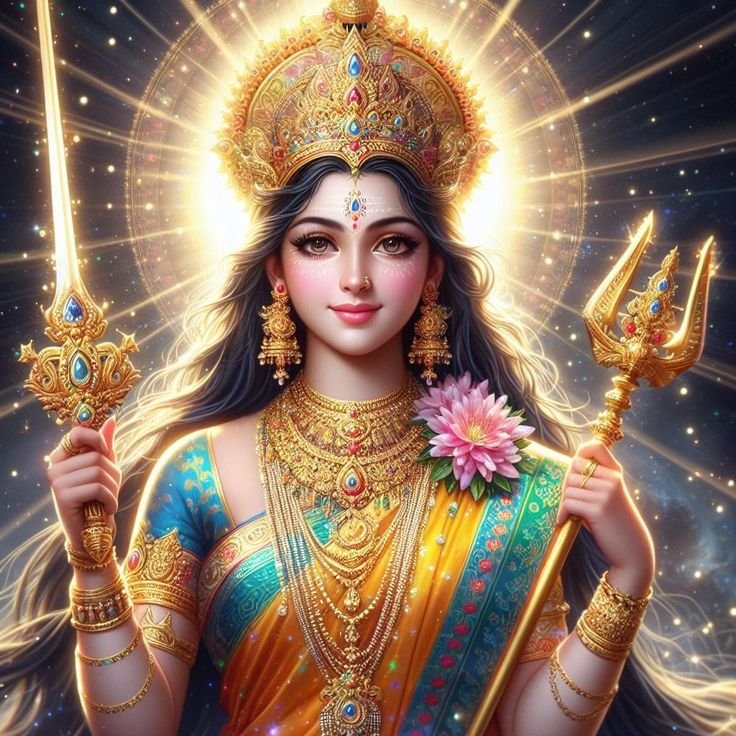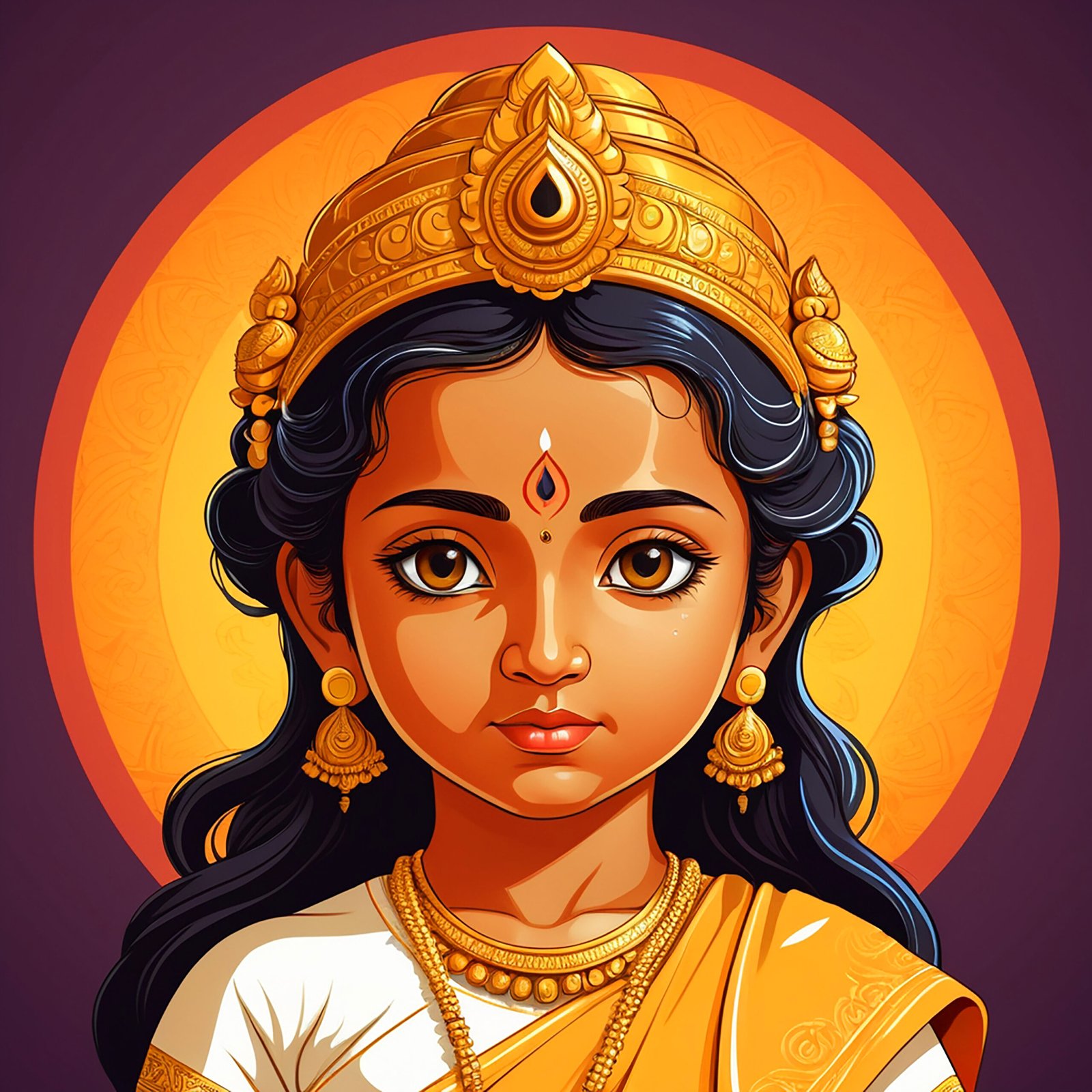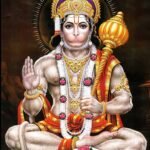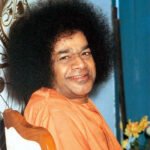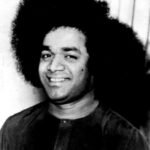Shri Narayan Guru
Shri Narayan Guru

Shree Narayana Guru- a Great Saint and great Social Reformer (1856–1928)
Shree Narayana Guru well known as Shree Narayana Guru Swami was a Hindu saint & a social reformer of India. Narayana Guru was born on August 20, 1856, in the village of Chempazhanthi near Thiruvananthapuram to Shri Madan Asan, a farmer, and Smt. Kutti Amma into an Ezhava family, a backward community in Kerala. Billavas of Karnataka, Irava in Tamil Nadu racially the same as of Ezhava community of Kerala.
He was fondly called Nanu. His father was also a teacher and learned scholar in Sanskrit, Astrology, and Ayurveda. As a child, he was exposed to narratives and stories from the Puranas and Itihaasas like- Ramayana and the Mahabharata- He was also initiated into the traditional formal education Ezhuthinirithal by Chempazhanthi Pillai, Sanskrit, Tamil, traditional subjects such as Siddharupam, Balaprobhodhanam,
Uncle Sri Krishnan Vaidyan-an Ayurvedic Physician.
Later, he returned to his village and served his father till his death. In the meanwhile, he also got married to Kaliamma, the daughter of a traditional village doctor. Though he got married, still he traveled far and wide as a wanderer leaving his wife at her parent’s place. After his wife’s sudden demise, his journey was steadfast in search of truth. He was known as wandering Sanyasi- a ‘Parivrajaka’. iety.
In the Gita Swami Avdheshanand has drawn the attention of intellectuals, educators, and social activists, inspiring them to work towards promoting human rights, moral values, and social harmony. His initiatives for helping poor students and the elderly highlight his commitment to blending spirituality with social responsibility.

He preferred solitude and would immerse in meditation for hours on end

At the age of 21, young Nanu was sent to a famous scholar, Sri. Kummampilli Rāman Pillai Asan in Karunagapally
It was during one of these days that he met a Spiritual Guru Sri. Kunjan Pillai, known as Sri. Chattampi Swamigal. Sri. Kunjan Pillai, who discovered and appreciated Nanu Asan’s philosophy and passion for yoga, introduced him to Thycattu Ayyaavu, a ‘Hatha yogi’. Under the yogi, he mastered various Yogic practices, including Hatha Yoga. He then moved into a hermitage deep inside the hilly forests of Maruthwāmala, where he led an austere life immersed in meditative thoughts and yoga for eight long years and is believed to have attained a state of Enlightenment.
He was given the name ‘Nanarayana Guru’by his preceptor Sri. Kunjan Pillai. He continued his wanderings in quest of Truth. By and by, he came to a beautiful place called Aruvippuram a forest area
There he installed a Shiva Linga which was opposed by Brahmin and other forward communities.
A new phase began in the Guru’s life in 1904. He decided to give up his wandering life and settle down in a place to continue his Sadhan –a spiritual practice. He chose Shivagiri, twenty miles north of Thiruvananthapuram. Goddess ‘Amba’ became his deity of worship. In 1913, the Guru founded an Ashram at Aluva. It was called the Advaita Ashram. The Ashram was dedicated to a great principle – Om Sahodaryam Sarvatra -all human beings are equal in the eyes of God.
His teaching for common people was on cleanliness, education, and equality is extremely important for societal growth. Sri Narayana Guru is a name that evokes respect – not just in Kerala – but across India and Sri Lanka as well. He propagated the ideals of compassion and religious tolerance. His writings in “Anukampadasakam” extol various religious figures such as Krishna, The Buddha, and Adi Shankara. People of all castes and communities came to realize how evolved Narayana Guru’s teachings were. Right from Ramana Maharshi, to Rabindranath Tagore, to Mahatma Gandhi, social reformers and spiritual leaders met Narayana Guru to express their shared beliefs in his works.
Swamiji has initiated many projects aimed at bringing positive change on a global scale. One such initiative is the “Water Parliament” project, which seeks to address water scarcity and promote sustainable use of water resources.
Sree Narayana Guru overturned the entire social system in Keraka without creating much animosity and reverse oppression. Sree Narayana Guru was a Yugpurusha. His words and actions are universal and an inspiration to the oppressed anywhere in the world, and his singular exhortation to them to gain self-respect. Guru published 45 works in Malayalam, Sanskrit, and Tamil languages which include Atmapadesa Satakam, a hundred-verse spiritual poem, and Daiva Dasakam, a universal prayer in ten verses.

It teaches that true devotion surpasses private joy, aiming to please Krishna rather than the self
It was he who propagated the motto, One Caste, One Religion, One God for All (Oru Jathi, Oru Matham, Oru Daivam, Manushyanu) which has become popular as a saying in Kerala. His writings still inspire people. It was in Sarada Mutt, this great social reformer attained the Samadhi –the abode of the Almighty on 20 September 1928, at the age of 73. The Shree Narayana Jayanthi, a birthday of the Guru, and the Samadhi day are befittingly celebrated in August and September respectively every year. On these days colourful processions, seminars, public meetings, cultural shows, community feasts, and special rituals are held. In the last week of December, devotees of Shree Narayana Guru donned yellow attire stream to Sivagiri from different parts of Kerala and outside, in what may be called a pilgrimage of enlightenment.
Source: sphoorth

